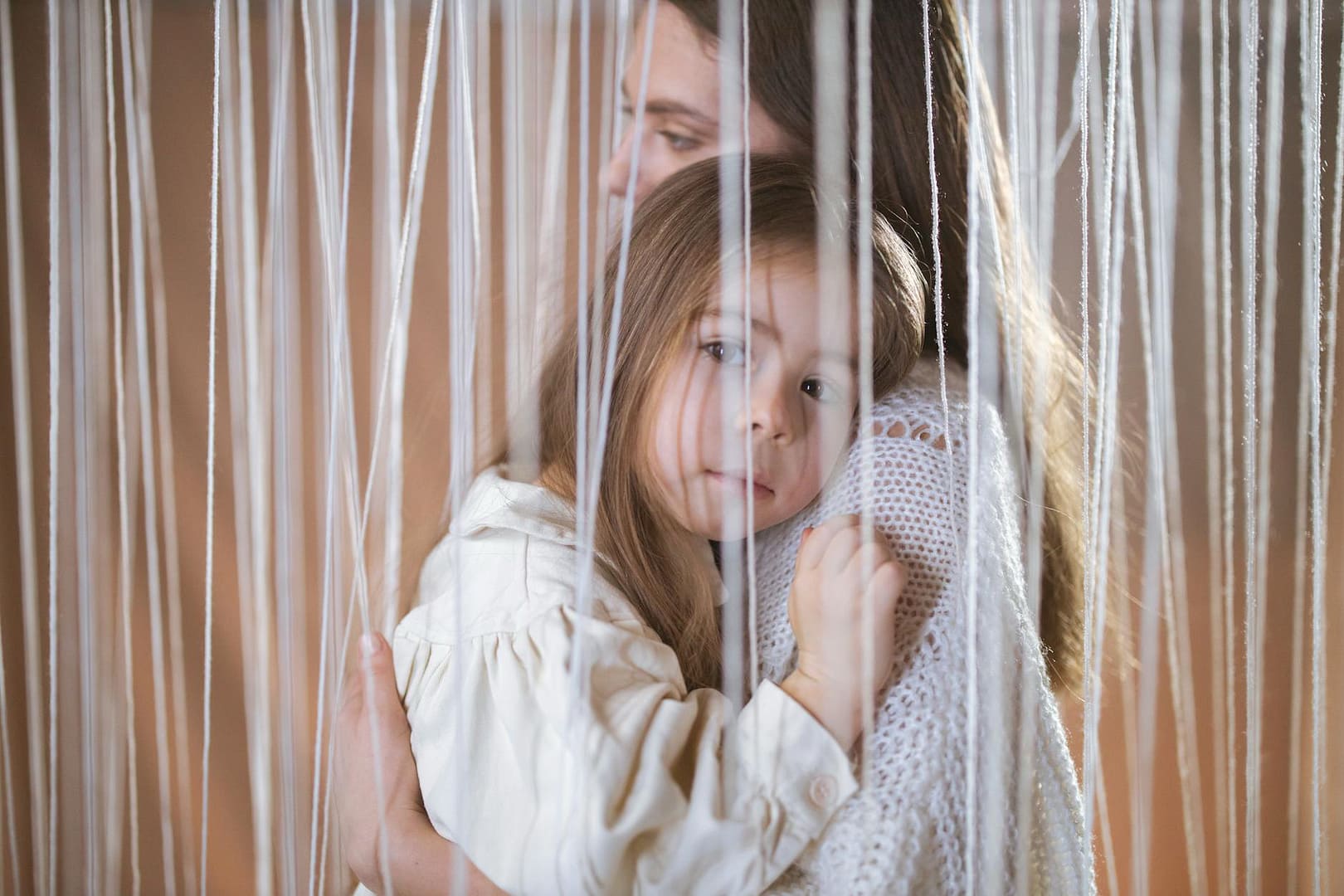Understanding and Compassion for Hidden Phobias
In our daily interactions, it’s essential to recognize that anyone around us could be living with phobias such as atelophobia, atychiphobia, or conflict phobia. These fears can profoundly impact their lives, often in ways that aren’t immediately visible. It is crucial to approach our relationships and communications with empathy and mindfulness, acknowledging that people might be silently battling these conditions.
Invisible Struggles
Phobias like atelophobia (fear of imperfection), atychiphobia (fear of failure), and conflict phobia (fear of interpersonal conflict) can be deeply ingrained and debilitating. Yet, those who suffer from them may become adept at concealing their fears. They might appear confident and untroubled on the surface, while internally grappling with intense anxiety and self-doubt. The effort to hide these phobias can be exhausting and isolating, further exacerbating their impact.
Triggers in Everyday Interactions
Unintentionally, we might trigger these fears in others through our words or actions. A casual remark about perfection, success, or disagreements could resonate differently with someone dealing with these phobias. For instance, criticizing someone’s work might seem like constructive feedback, but for a person with atelophobia, it could reinforce their fear of not being perfect. Similarly, discussing failure or disagreements could trigger anxiety in someone with atychiphobia or conflict phobia, respectively.
The Journey to Overcoming Phobias
Many individuals work hard to manage and overcome their phobias, often through therapy, self-reflection, and personal growth. However, even those who have made significant progress might still experience occasional setbacks. Stressful situations, changes in environment, or unexpected challenges can cause these fears to resurface. It’s important to understand that overcoming a phobia is a journey, not a destination, and some residual effects might linger.
Cultivating Empathy and Support
To support those around us, we can cultivate a more empathetic and understanding approach:
- Listen and Observe: Pay attention to verbal and non-verbal cues. If someone seems uncomfortable or anxious, try to understand the underlying cause without judgement.
- Create Safe Spaces: Encourage open communications and assure others that it’s okay to express their fears and concerns. Providing a supportive environment can make a significant difference.
- Avoid Assumptions: Refrain from making assumptions about others’ capabilities or reactions. Everyone’s experiences and triggers are unique.
- Encourage Professional Help: If someone confides in you about their struggles, gently encourage them to seek professional help. Therapists and councillors can offer effective strategies for managing phobias.
Similar Phobias
Here are some phobias that are similar but distinct from atelophobia, atychiphobia, and conflict phobia:
Teleophobia: Fear of definite plans or religious ceremonies. Unlike atelophobia, which is the fear of imperfection, teleophobia is related to the anxiety around planning or rituals.
Ergophobia: Fear of work or the workplace environment. While atychiphobia focuses on the fear of failure, ergophobia centers on the broader anxiety associated with work settings.
Anthropophobia: Fear of people or social interactions. This is a broader fear compared to conflict phobia, encompassing a general fear of human interaction rather than specifically fear of conflict.
Autophobia: Fear of being alone or isolated. Although not directly related to the fear of failure or imperfection, it can cause significant distress and avoidance behaviors similar to those seen in other phobias.
Decidophobia: Fear of making decisions. This can be related to atychiphobia as the fear of making the wrong choice might stem from a fear of failure.
Conclusion
By fostering an environment of empathy and understanding, we can help those with hidden phobias feel more supported and less isolated. Recognizing that these fears might not always be visible and that even those who seem to have overcome them can still be affected is key to being a compassionate friend, colleague, or family member. Together, we can create a community where everyone feels seen, heard, and valued, regardless of the fears they may be facing.



